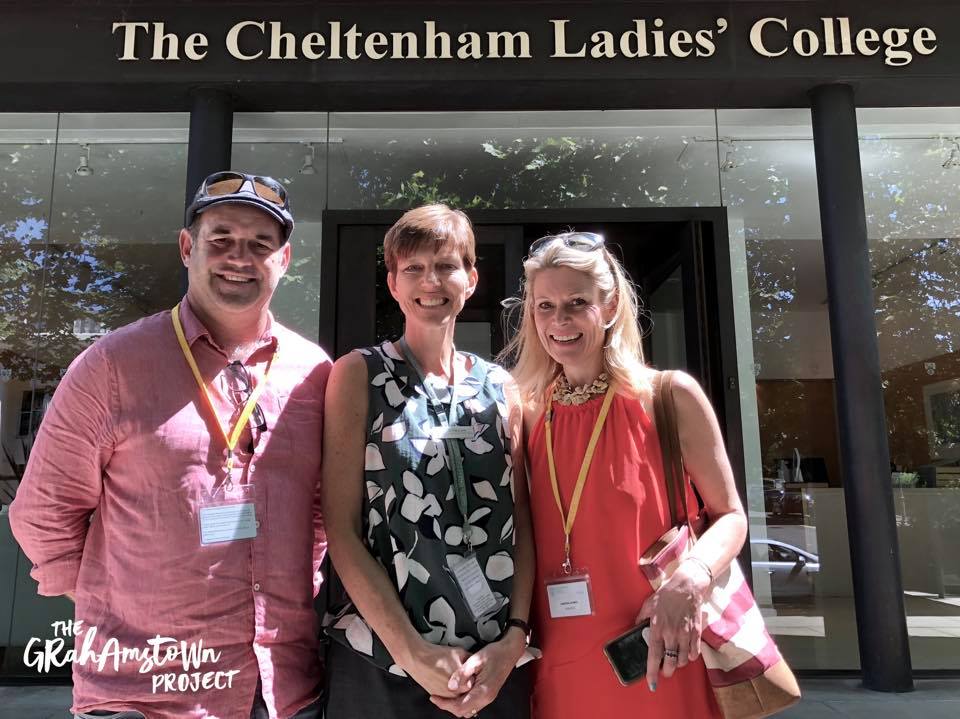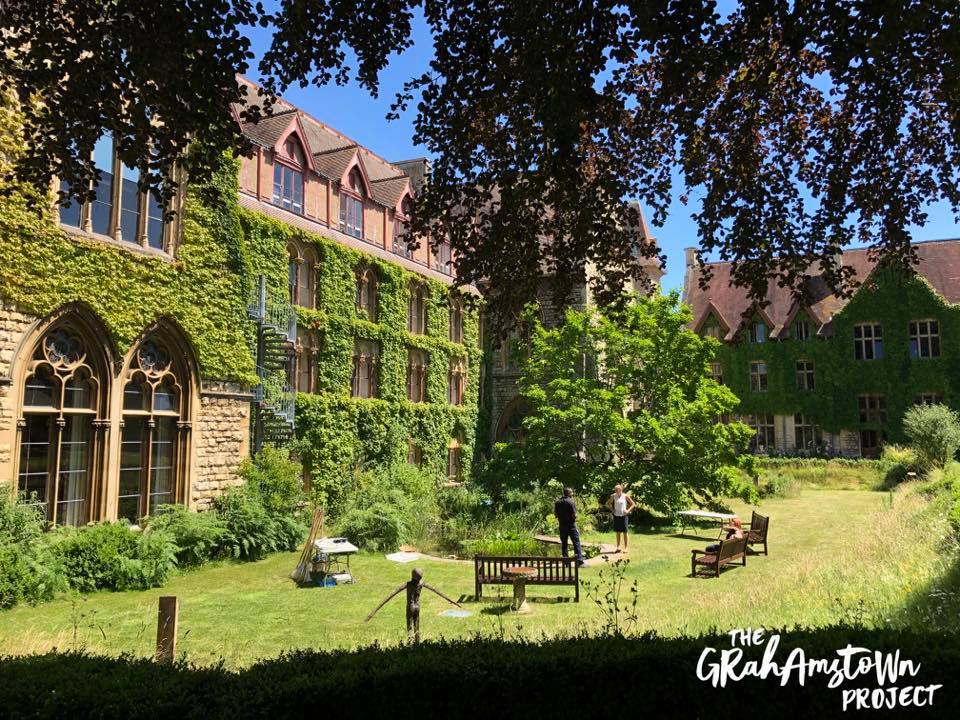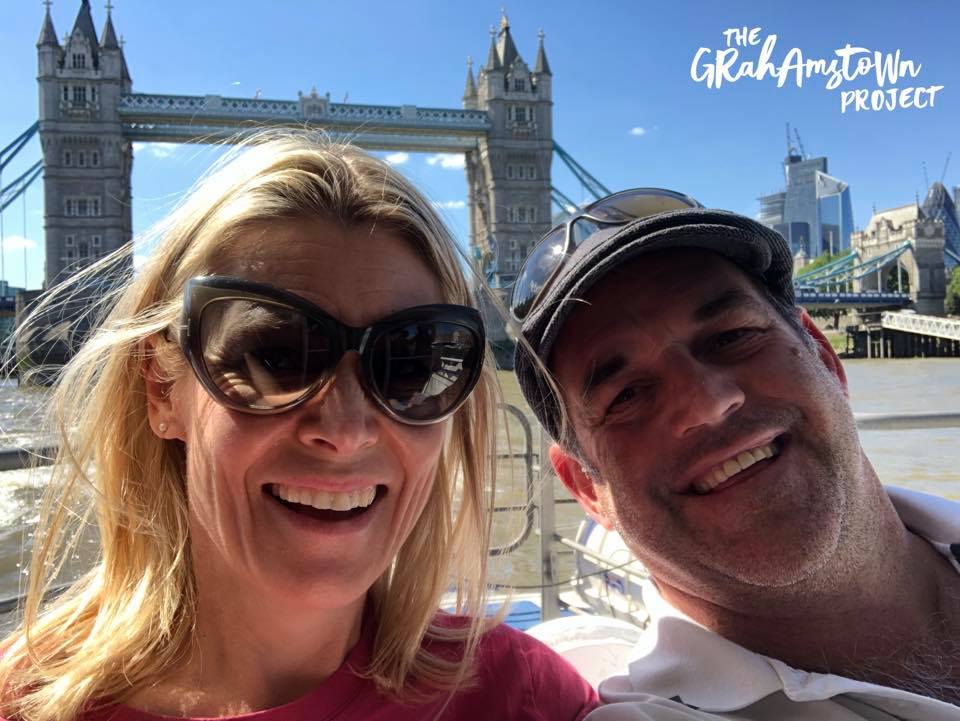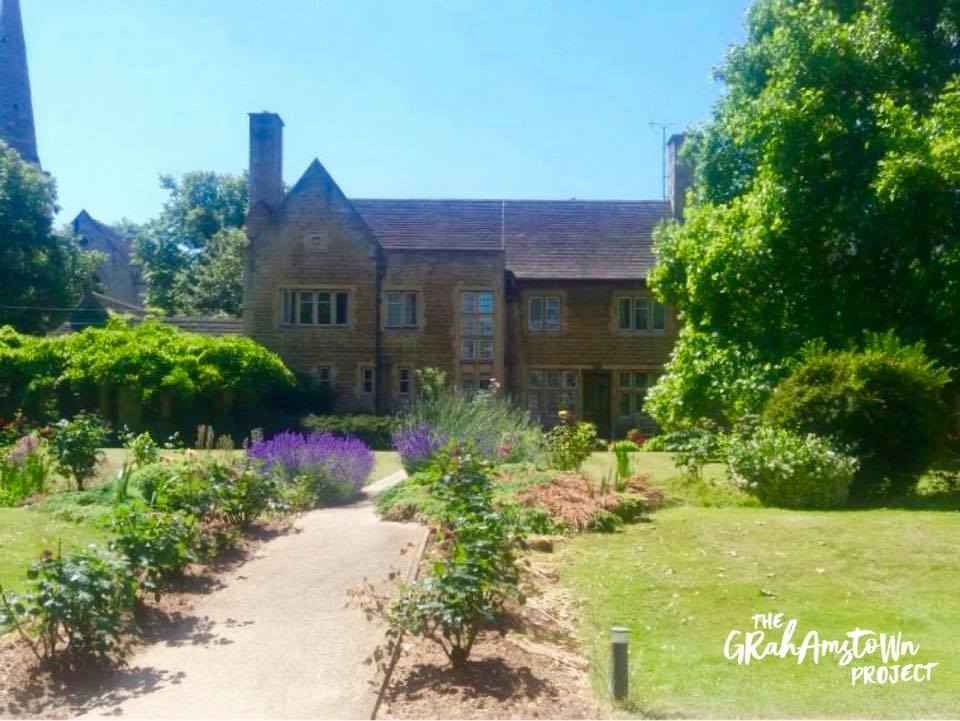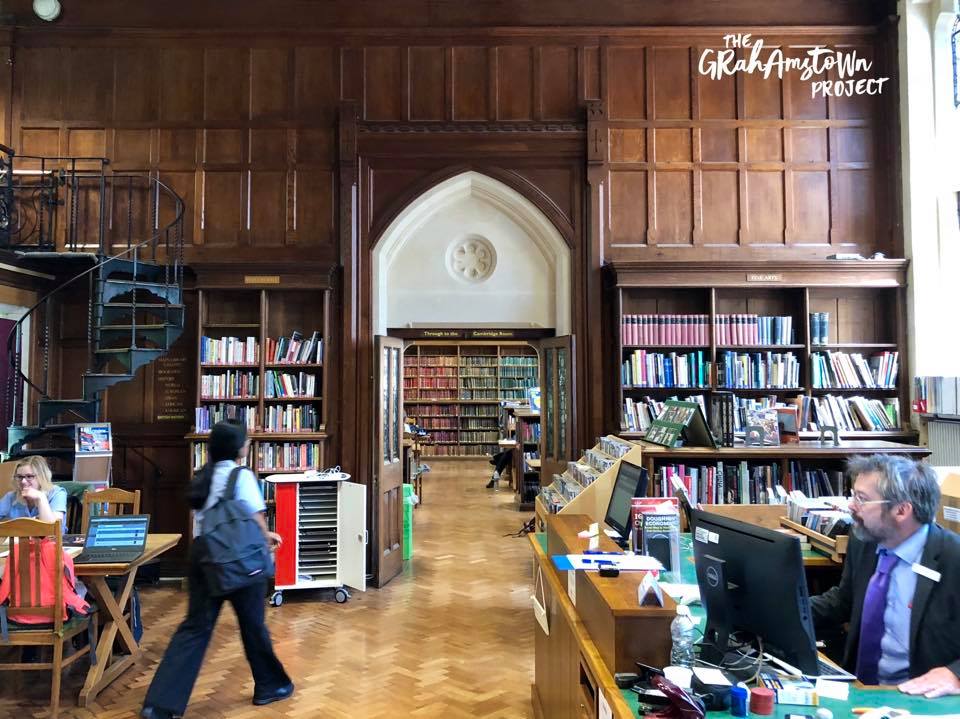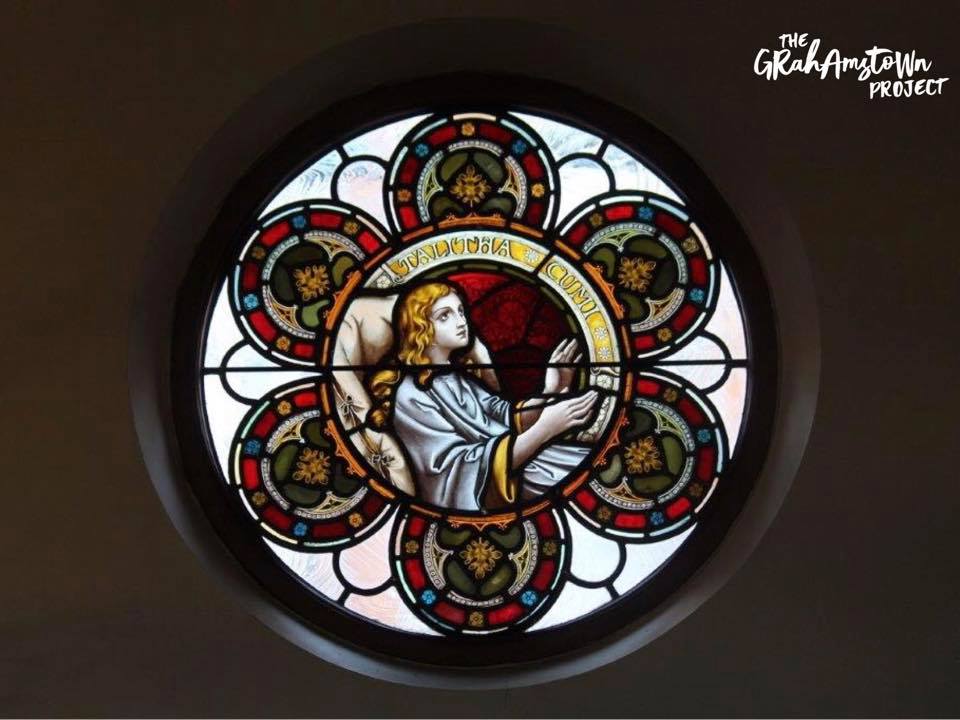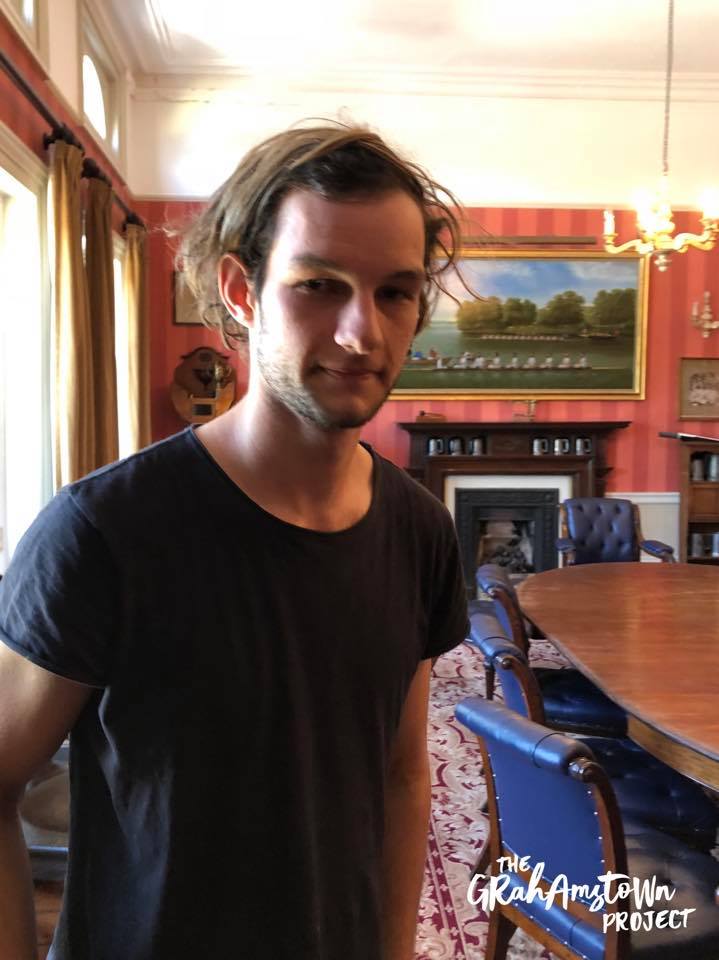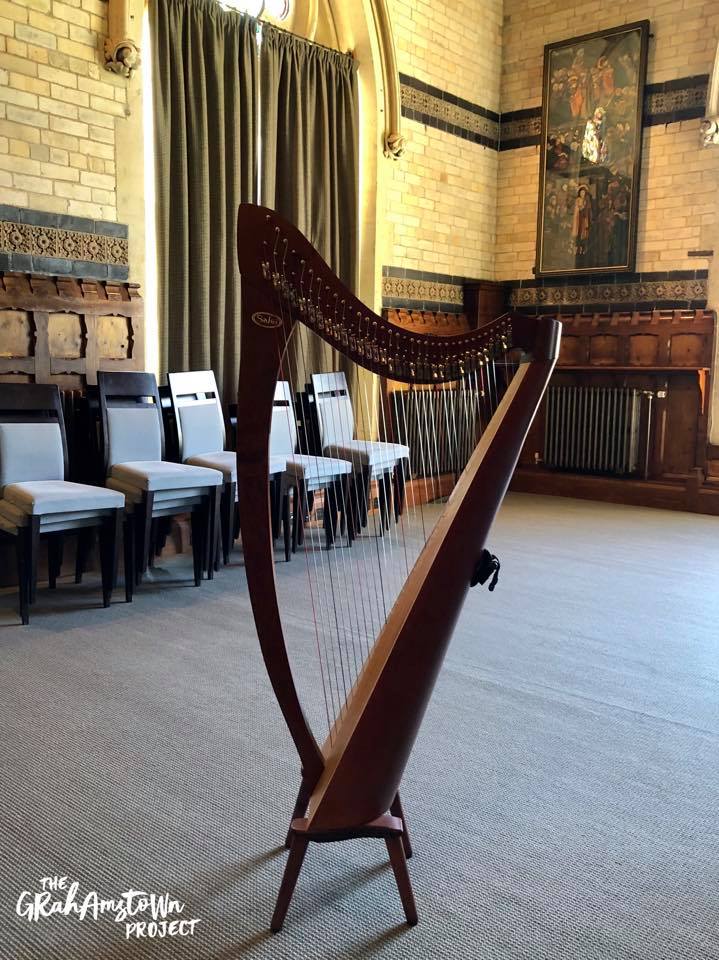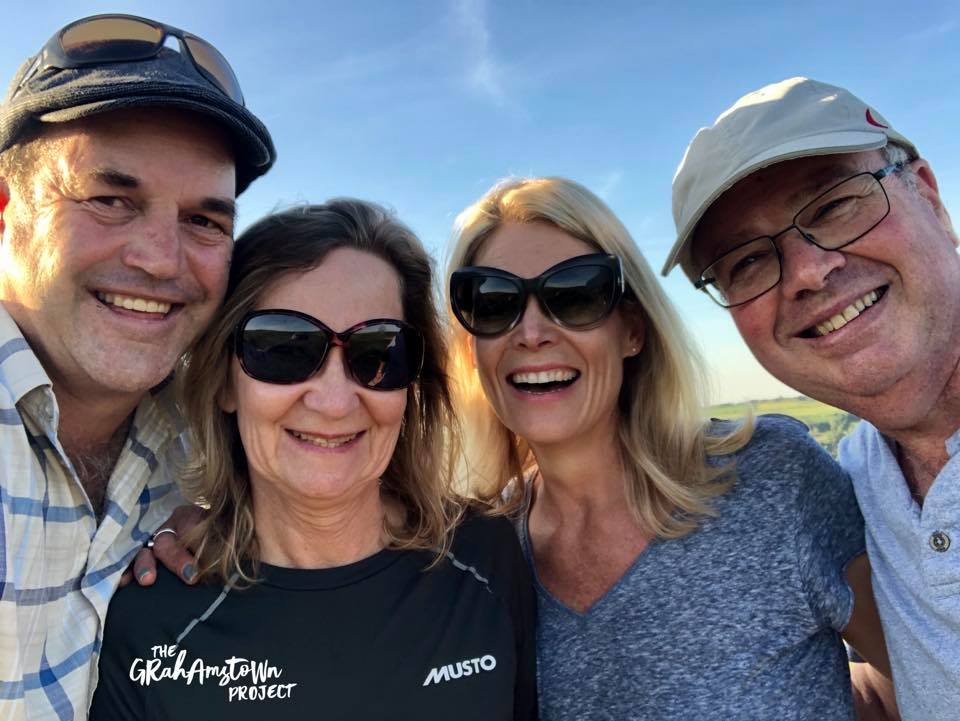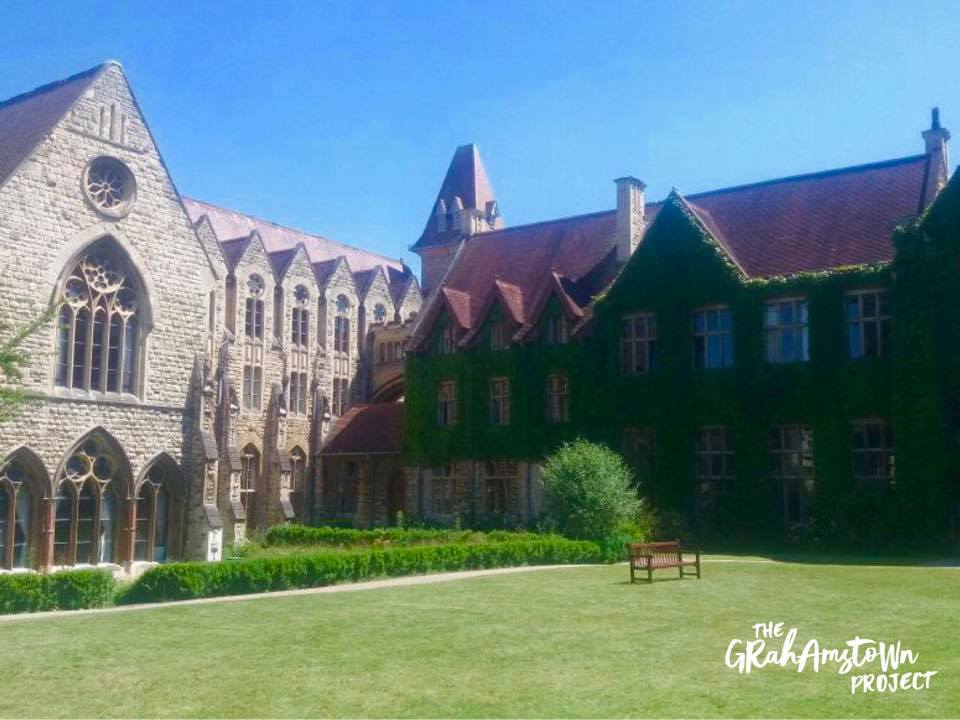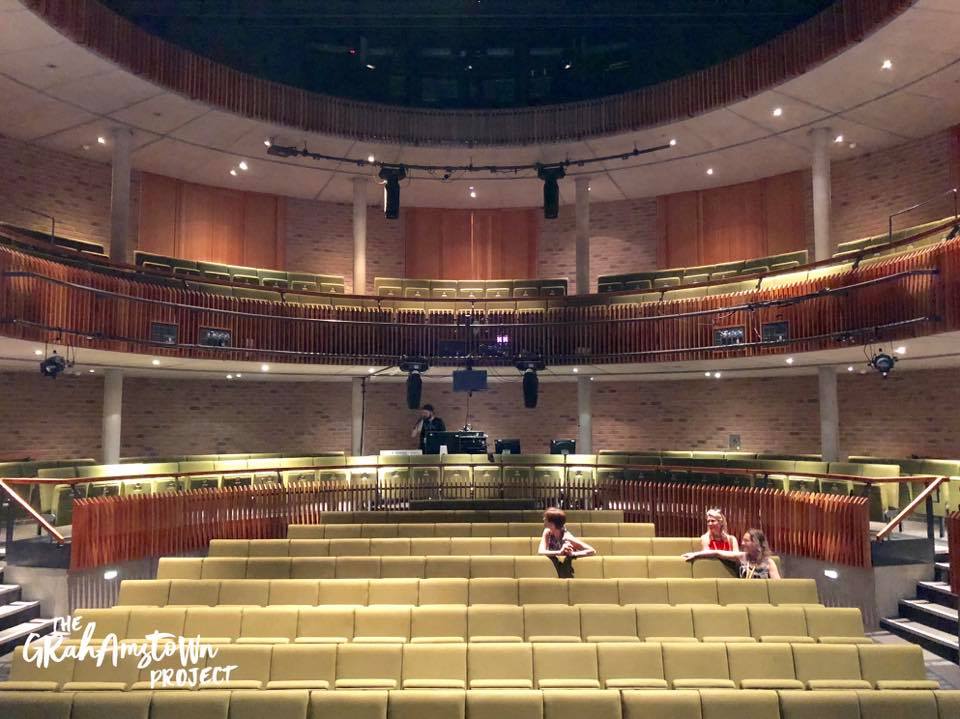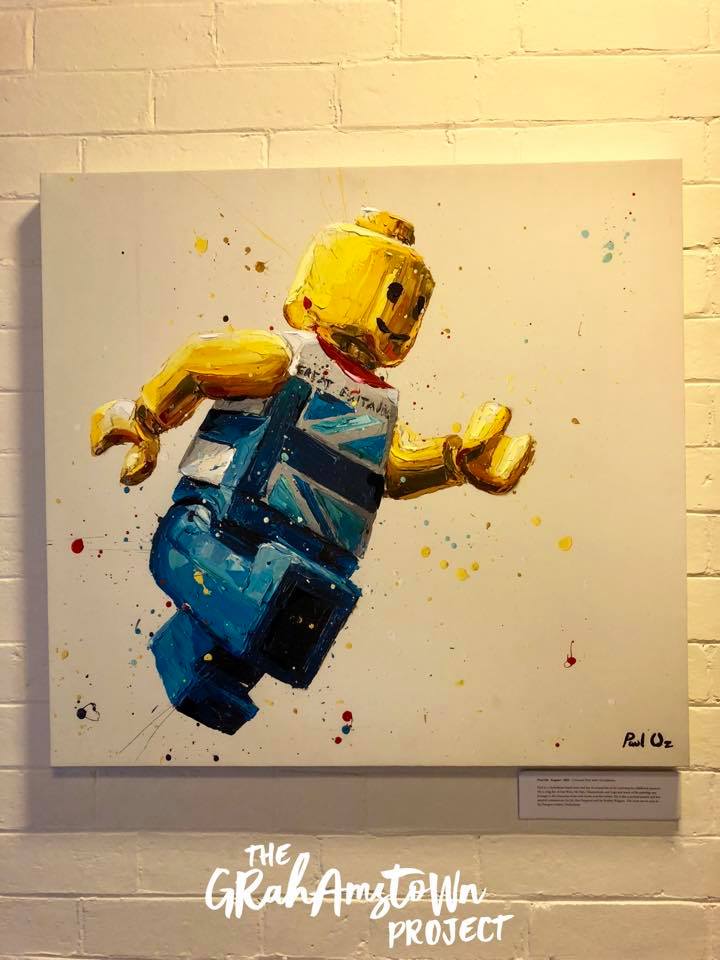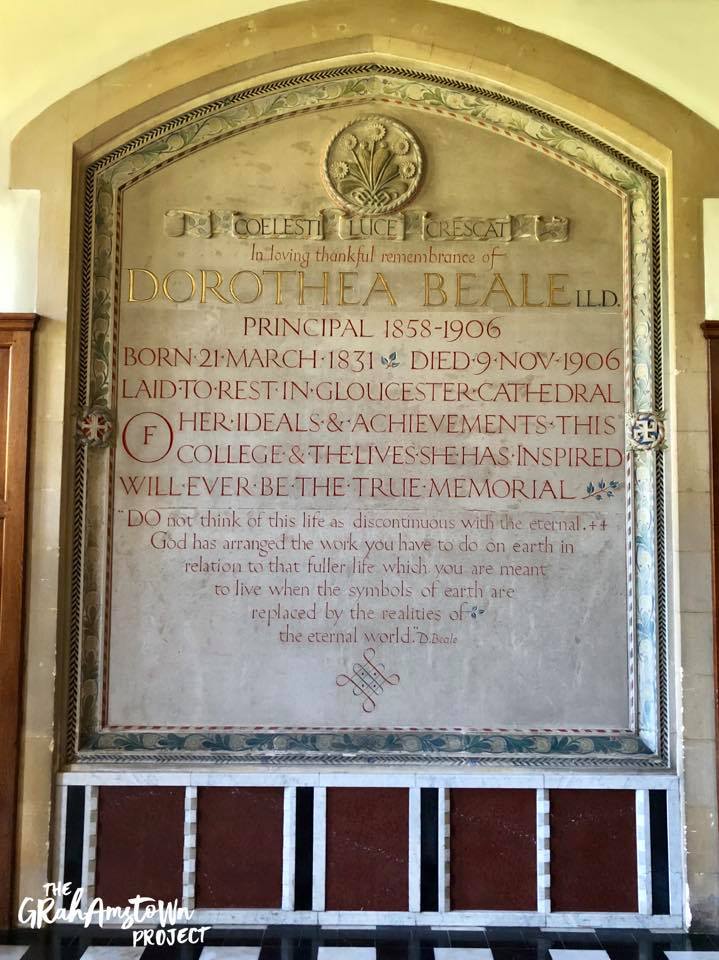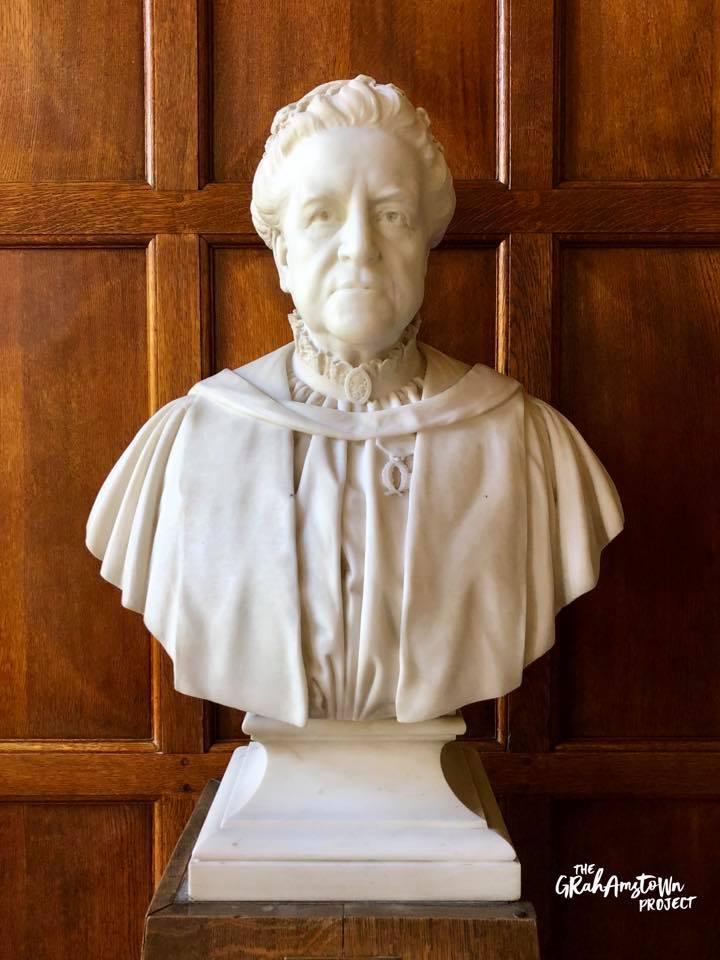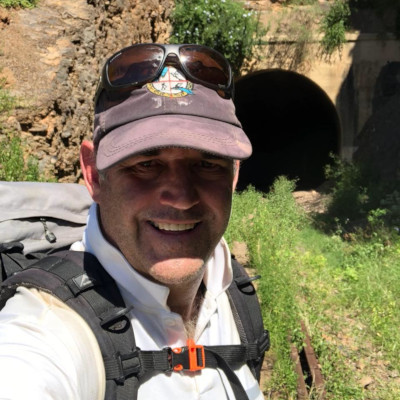We had the privilege last week of visiting England (my son Alex is rowing for the London Rowing Club) and the opportunity to tour Cheltenham Ladies’ College (CLC). “Why Cheltenham Ladies’ College?” you may well ask. Well, simple answer. It has had significant influence on Grahamstown and, specifically, the Diocesan School for Girls, Grahamstown
Cheltenham is a hundred miles west of London in the Cotswolds. Old, grand, and pretty as summer gardens. Not far from the Welsh border and just north of Bath. Vanessa has friends (Alec & Sue Dixon) in Cheltenham and when she mentioned this to fellow staff members (incl Shelly Roodt, 30 years teaching at DSG) they noted the link between Cheltenham Ladies’ College and the DSG.
We made an online booking for a private tour of CLC and Angie Marriner (Development Director DSG / SAC) provided further information about the relationship between DSG and CLC. Sister schools with roots stretching back to 1874 when the DSG was founded. Dr Hilary Laver, biology teacher and Director of Admissions, graciously conducted us on a most informative tour.
Miss Dorothea Beale (2nd Headmistress of CLC 1858-1906) had a profound influence on education throughout the world. Her educational philosophy reached deep into the Eastern Cape at a time when the British Army was still at bitter war with the mighty amaXhosa nation.
CLC served as a teacher training school and at the time of her death in 1906, 40 Head Teachers of girls’ schools in Britain and around the world were former CLC pupils. The first four headmistresses of DSG (Mrs Espin, Miss Battye, Miss Lilla Strong, and Miss Burt) were former CLC pupils. The Lilla Strong Hall will be familiar to many.
We were intrigued by the similarities and differences between the two schools. CLC is only 21 years older. The DSG “green” appears to have been inherited from CLC although their uniform is matched with blue, sometimes in a tartan design. Both Old Girls’ Guilds have a daisy on their badge.
Like DSG, CLC draws scholars from across the world. 75% British. The balance mostly China, Hong Kong and Nigeria. There are academic entrance criteria (children battle in all spheres if they fall behind in the class-room) and English proficiency is a strict requirement.
We admired the ancient library, virtually unchanged since the first book borrowed. A quiet space the girls say “makes them feel cleverer”. In an adjoining corridor stands a bust of Miss Beale (refer photo) and close by one of Queen Victoria (reigned 1837-1901) who was the Godmother of a past pupil.
CLC has balance and symmetry. Old blends beautifully with new. Sciences taught in the old buildings, Arts & Technology in more contemporary facilities. A compact modern theatre annexed to an historic building. A school apparently in tune with past, present, and future. Perhaps the only lingering question is the preparedness of their graduates to contribute to a world suffering inequality and impoverishment.
Following contact initiated by Angie Marriner in 2013, a recent graduate of CLC (Jenny Laurence) was hosted by the Marriner family, spent time at DSG, and 3 weeks working in impoverished Grahamstown communities. Having visited Cheltenham Ladies’ College, both schools and their communities would benefit enormously from a sustained reinvigoration of the historic relationship.
A beautiful stained glass window, presented in 1887 to the DSG All Saints Guild by the President of the Cheltenham Guild, serves as a reminder of the sisterhood between the schools. Refer photo. The window depicts the scene from the New Testament when Jesus resurrects a little girl. He says to her ‘Talitha Cumi’ which means ‘Little Girl, Arise’. This refers both to the physical act of getting up and the encouragement to women to live meaningful lives.
To conclude, a quote by Miss Dorothea Beale inscribed on the memorial to her.
“Do not think of this life as discontinuous with the eternal. God has arranged the work you have to do on earth in relation to that fuller life which you are meant to live when the symbols of earth are replaced by the realities of the eternal world.”
GRAEME HOLMES
Before moving back to Grahamstown in Oct 2017, Graeme was a bank executive based in the big smoke and craziness of Joburg. He has 20 years’ experience in the Payments Industry. He is a Chartered Accountant, has a Masters in Management by Research (MMR) from Wits Business School, and attended an Advanced Management Programme (AMP) offered by INSEAD (The Business School for the World!) in France.
Graeme is the founder of The Grahamstown Project. It’s simple. He says, “Grahamstown is a microcosm of South Africa. If we can’t get this place to function properly then the whole country is stuffed. Many of the troubles we experience as a country today have their roots here in Grahamstown. it is here where black and white people first engaged in conflict on the African continent. It is here where 9 wars of dispossession over 100 years took place and virtually destroyed the amaXhosa nation. But we are where we are. I don’t have a British passport and the boat-trip back to where my ancestors came from is exorbitantly expensive. Furthermore, this is my home. I am a son of Africa. We must work together to redress the injustices of the past and move as one into a brighter future.”
Graeme is an avid historian, writer, vlogger and public speaker. Like and follow the Facebook page. Join him on a tour. Contact him. He would love that.

